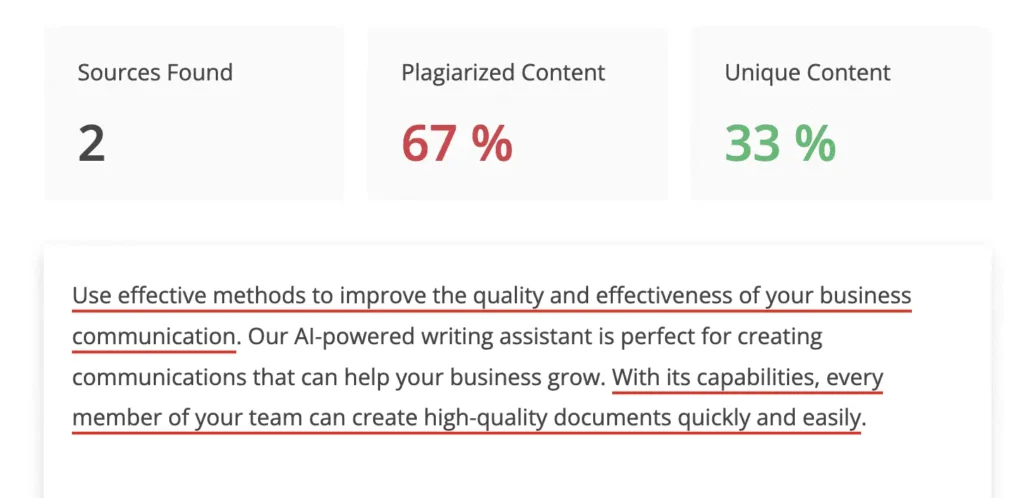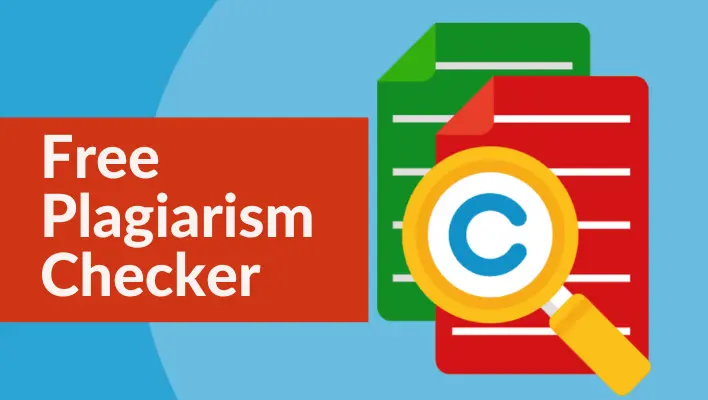How to Use a Plagiarism Checker Effectively: Ensuring Originality in Your Work
In today’s fast-paced digital world, maintaining the originality of your work is more important than ever. Plagiarism, the act of using someone else’s ideas or words without proper attribution, can have serious consequences in academic, professional, and creative endeavors. Fortunately, plagiarism checkers are powerful tools that can help you ensure the authenticity of your content. In this guide, we’ll explore how to use a plagiarism checker effectively to uphold integrity and originality in your writing.
Contents
Choose the Right Plagiarism Checker

The first step in using a plagiarism checker effectively is selecting the right tool for your needs. With numerous options available, it’s essential to choose a plagiarism checker that offers comprehensive scanning capabilities, accuracy, and user-friendly features. Consider factors such as the size of the database, the types of content scanned, and additional features like citation checking and plagiarism prevention tips.
Understand the Plagiarism Checker’s Features
Once you’ve chosen a plagiarism checker, take the time to familiarize yourself with its features and functionalities. Most plagiarism checkers offer a range of options for uploading documents, including copy and paste, file upload, and integration with word processing software. Additionally, explore any advanced features such as citation checking, similarity reports, and customizable settings for fine-tuning the scanning process to meet your specific requirements.
Upload Your Document
After understanding the features of the plagiarism checker, upload the document you wish to scan for plagiarism. Depending on the tool you’re using, you may have the option to upload files in various formats, including Word documents, PDFs, and text files. Alternatively, you can copy and paste the text directly into the plagiarism checker’s interface for immediate analysis.
Initiate the Plagiarism Check
Once your document is uploaded or pasted into the plagiarism checker, initiate the plagiarism check to begin the scanning process. Depending on the size of the document and the speed of the plagiarism checker’s servers, the analysis may take a few moments to complete. Be patient and allow the plagiarism checker to thoroughly examine your document for any instances of plagiarism or similarity with existing content.
Review the Plagiarism Report
Once the plagiarism check is complete, review the plagiarism report generated by the tool. This report will highlight any sections of your document that match content from other sources, along with information about the original sources and the degree of similarity detected. Take the time to carefully examine each flagged instance of plagiarism and determine whether it requires revision, citation, or further investigation.
Address Detected Plagiarism
After reviewing the plagiarism report, take appropriate action to address any instances of detected plagiarism. Depending on the severity of the plagiarism and the context of your work, you may need to rewrite certain sections, properly cite sources, or seek permission for the use of copyrighted material. Be proactive in rectifying any issues identified by the plagiarism checker to ensure the originality and integrity of your work.
Conclusion
Using a plagiarism checker effectively is essential for maintaining the originality and integrity of your writing. By choosing the right tool, understanding its features, uploading your document, initiating the plagiarism check, reviewing the plagiarism report, and addressing any detected plagiarism, you can ensure that your work is free of unauthorized copying and properly attributed to its sources. Incorporate plagiarism checks into your writing process to uphold the highest standards of academic, professional, and creative integrity.



















